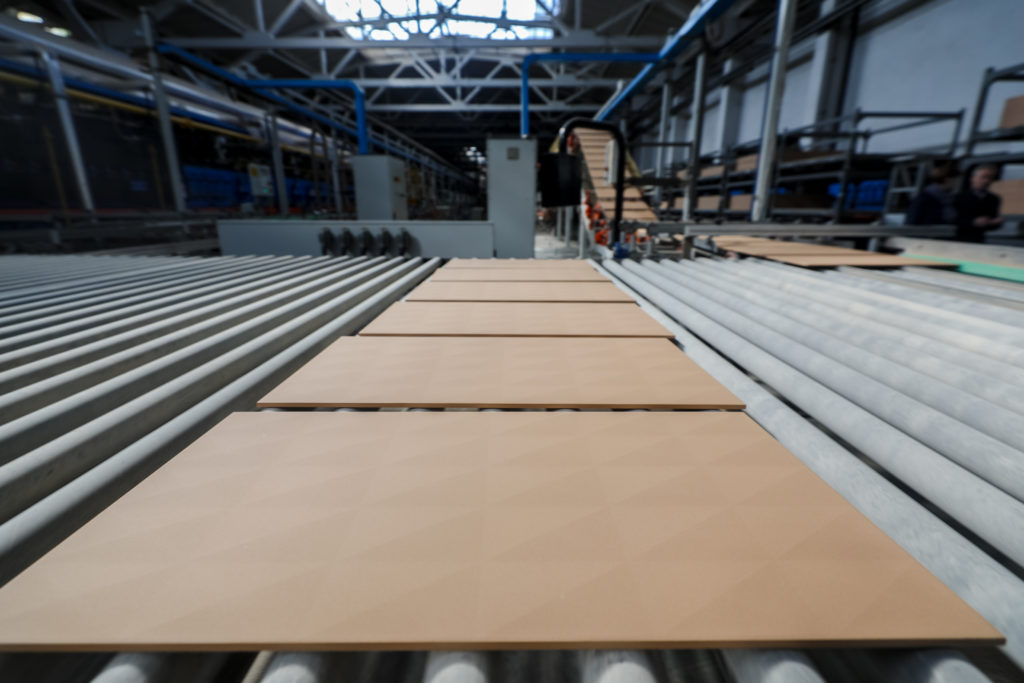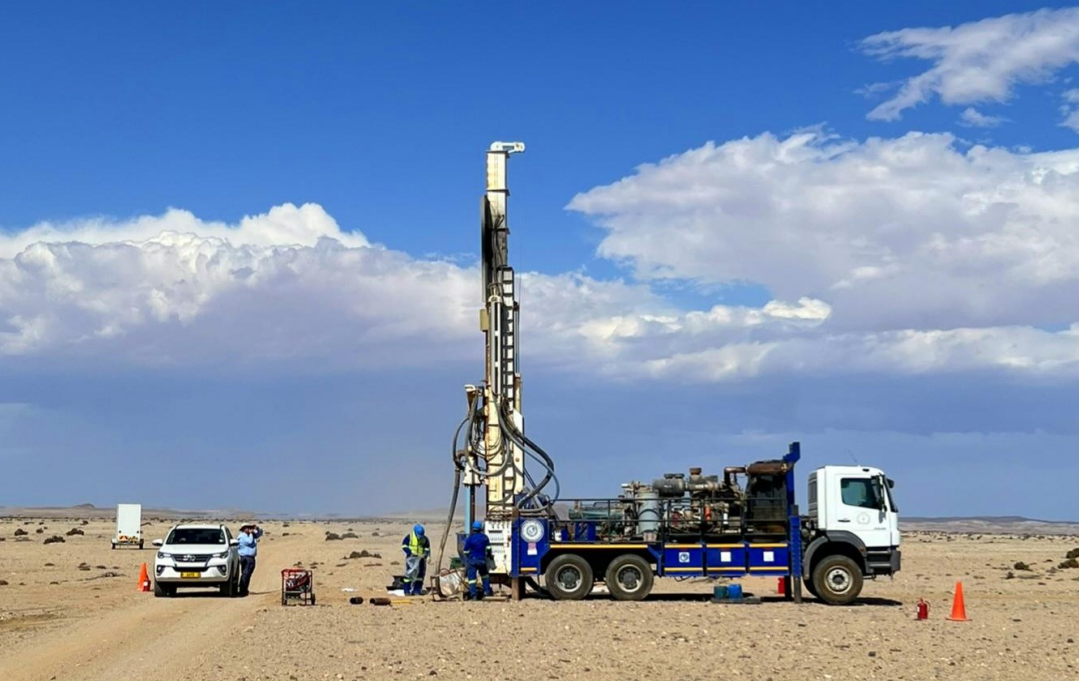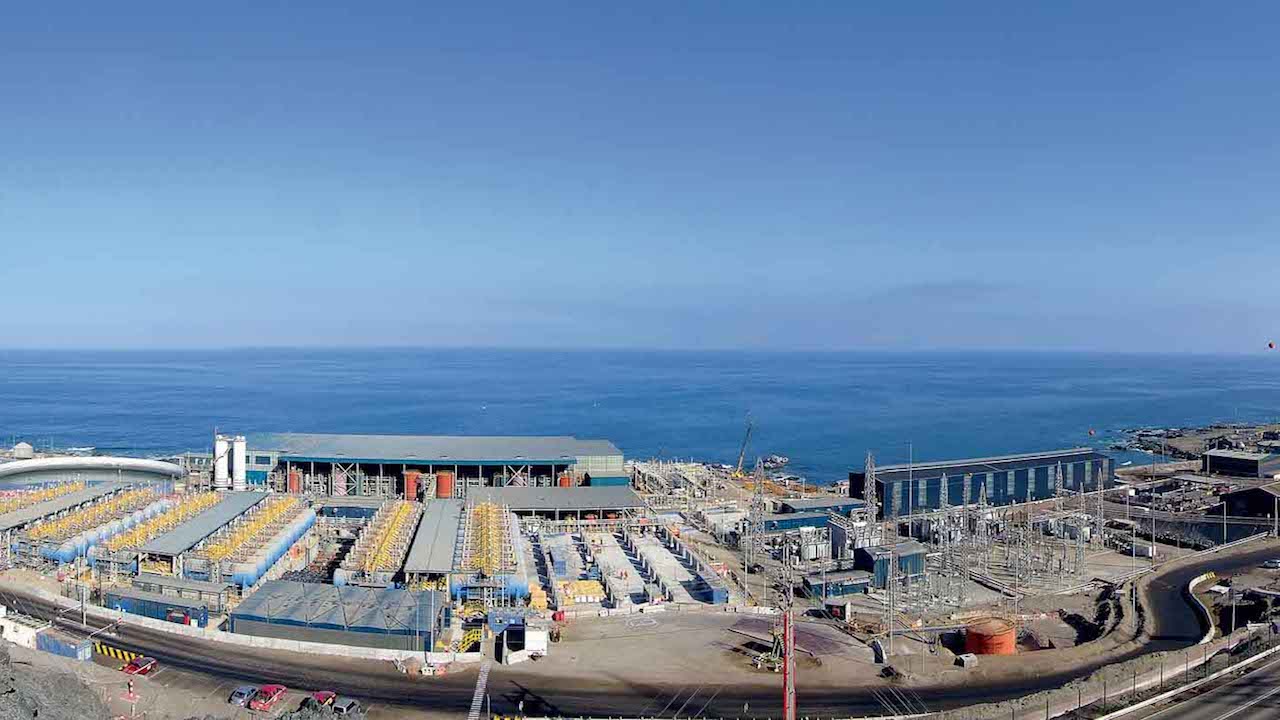Column: ICSG forecasts copper supply pressures but cautious on demand

The International Copper Study Group (ICSG) has cut its forecast supply surplus for this year due to much lower-than-expected mine production.
Copper bulls might take issue with the group’s view the refined copper market will still be in oversupply this year and the next to the tune of 162,000 and 94,000 metric tons respectively.
But when it last met in October, the ICSG’s statistical committee was expecting a 467,000-ton glut of metal this year. The new forecasts suggest a much closer alignment of production and demand in what is a 27-million-ton global market.
The revisions largely confirm the current bull narrative of a squeeze on raw materials that will brake refined metal output growth.
A cautionary caveat comes in the form of a downwards revision to global usage this year and a subdued demand outlook in China, the world’s largest copper consumer.
Concentrates squeeze
Back in October, the ICSG expected mine supply to surge by 3.7% this year due to a combination of new mines, expansions and a broader recovery from the operational constraints of 2023.
That surge has become a trickle with the ISCG expecting growth of just 0.5% due to delays at new projects, revised company guidance and the unexpected closure of the Cobre Panama mine since December.
Cobre Panama, now on care and maintenance, has left a 380,000-ton hole in the global raw materials supply chain.
Smelters have been forced to turn to the spot copper concentrates market and spot treatment charges have collapsed to distress levels as buyers prioritize tonnage over profitability.
Chinese smelters’ agreement in March to curtail production was the trigger for a rally that has taken London Metal Exchange three-month copper above the $10,000-per ton level for the first time since April 2022.
Drag on refined metal output
The flow-through effect of the concentrates squeeze on smelter production has caused the ICSG to cut its refined metal supply forecasts as well.
The October forecast for 4.6% refined metal production growth this year has been reduced to 2.8%.
The growth rate will slow to just 0.7% next year in the ICSG’s view.
“Although production will benefit from the continued expansion of Chinese electrolytic capacity and the ramp-up of new smelters/refineries in Indonesia and India, primary electrolytic refined production growth is expected to be limited by the constrained availability of concentrates,” it said.
Some offset will come from higher solvent-extraction metal production and improved scrap recycling rates but refined copper supply growth is expected at a modest 2.2% in 2025.
Demand caution
The ICSG’s latest forecasts, however, carry a note of caution about the state of copper demand.
Refined metal usage is expected to grow by 2.0% this year over 2023, a downgrade from the 2.7% growth expected at the group’s October meeting. The pace of growth is forecast to pick slightly to 2.5% in 2025.
Behind the headline figure lies a divergence in performance between China and the rest of the world.
Usage growth in China is expected to slow from 2.0% to 1.6% in 2025, while that in the world outside China is forecast to accelerate from 2.4% to 3.8% due to the launch of new semi-manufactured product capacity, particularly in India.
The ICSG underlines copper’s positive longer-term demand boost from the energy transition but that is hard to discern in its modest demand growth forecasts for this year and next.
Split market
The ICSG’s latest forecasts capture the current split in market dynamics.
The investment community has stampeded into copper on the long side, drawn in by a narrative of structural supply problems and a turn in the global manufacturing sector.
Investment funds have expanded long positions on the LME contract from under 40,000 contracts in the middle of January to 96,627 contracts at the end of last week. That’s equivalent to almost two and a half million tonnes of copper and the largest accumulation of bets on higher prices since 2018, when the LME first started publishing its Commitments of Traders Report.
Physical buyers, not least those in China, have largely been left on the sidelines as investors have pushed the price higher.
The Yangshan copper premium , a closely-watched indicator of Chinese buying appetite, has slumped from $60 per ton in early March to near zero, according to local data provider Shanghai Metal Market.
While investors will take heart from the ICSG’s forecast of a yawning mine supply gap, consumers are more likely to endorse its subdued demand outlook.
(The opinions expressed here are those of the author, Andy Home, a columnist for Reuters.)
(Editing by Barbara Lewis)
Read More: Copper smelters in China wary of BHP-Anglo tie-up
More News
Deep Yellow delays decision on Namibia uranium project again
The Australian miner said it would now take a phased development approach to the project instead of a full-scale development until market conditions improve.
April 08, 2025 | 09:07 am
Europe seen struggling to compete with China on rare earths
"Today there's a cost gap of 20% to 40% between a value chain in China and a potential value chain in Europe," a consultancy says.
April 08, 2025 | 08:04 am
BHP could kick off Escondida mine investment this year, executive says
BHP requested initial permits in February as part of a larger plan to maximize production at Escondida.
April 08, 2025 | 07:56 am
{{ commodity.name }}
{{ post.title }}
{{ post.excerpt }}
{{ post.date }}




Comments